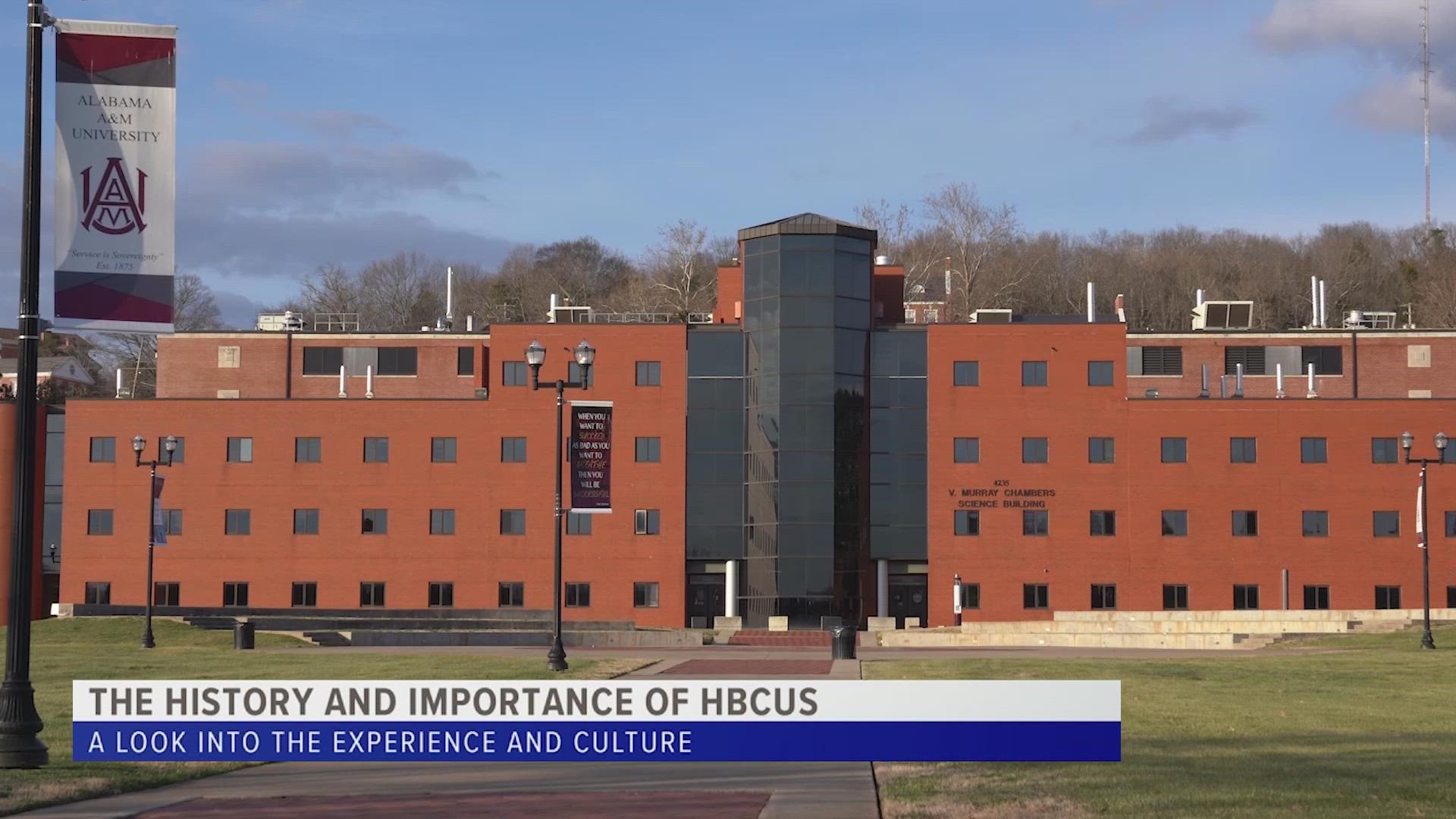Several members of Congress on Wednesday called on states to address gaps in their funding for schools in the land grant university system that shortchange historically Black colleges and universities.
In a letter sent to governors, lieutenant governors and statehouse legislative leadership in 18 states, six Democratic members of the U.S. House said equitable state funding is essential for the schools to reach their potential. The letter, which was first shared with The Associated Press, also highlighted the role the HBCUs have played in driving innovation for the nation’s food supply.
“For American agriculture to remain resilient, secure, and globally competitive, we must ensure equitable investment in our land-grant institutions who have been drivers of innovation,” wrote Reps. David Scott and Sanford Bishop of Georgia, Bobby Scott of Virginia, Alma Adams of North Carolina, Stacey Plaskett of the U.S. Virgin Islands, and Al Lawson of Florida.
The country’s land grant university system was first established in 1862 under the Morrill Act, which gave public lands to states to establish colleges that focused on educating students in agriculture and mechanics.
In 1890, the Second Morrill Act established 19 public universities for Black students in former Confederate states and incorporated them into the land-grant university system. The schools, sometimes referred to as 1890 institutions, were to receive funding from the federal government as well as a one-to-one dollar match in support from the state.
However, not all states meet their part of the funding obligation in their budgets, leaving schools to either find alternative, nonfederal sources of money to meet the match requirement or to forfeit the federal portion of the funds, unless they seek a waiver.
In contrast, no waivers can be obtained for 1862 land grant institutions, which are typically fully funded by their respective states.
The financial disparity between HBCUs — which include land grant, public and private schools — and other institutions of higher education in many ways mirrors the racial wealth gap. A report from The Century Foundation found that on average, the per-pupil endowment at public non-HBCUs is three times the size of those at public HBCUs. Among private institutions, that inequity is even greater, with private non-HBCU endowments about seven times the size of private HBCUs'.
Equitable funding for 1890 institutions is essential because they are among the largest HBCUs in the country and are leaders in research and innovation, said Denise A. Smith, senior fellow at the Century Foundation and author of the endowment report. But since their inception, she said, many have never received fair funding from their state legislatures.
“It’s past time that we stopped expecting these institutions to do more with less,” she said. “States have deprived these institutions of their financial stability. They're inhibited in their growth and ability to really live out their truest potential, and it's put their survival at risk.”
Generations of underfunding have set HBCUs further back financially compared to their 1862 counterparts that have received full state support, Smith said. Over time, those institutions are able to build wealth and stability, while underfunded ones often struggle.
“It’s all these things compounding over time,” Smith said. "These are challenges that public policy has created. It’s up to public policy to correct them.”
While the federal government can waive a portion of the matching requirement for 1890 institutions, “students and researchers ... are still left with a total amount of funding that is not reflective of the full investment these programs are intended to make,” the lawmakers wrote in the letter.
That gap can be significant for many institutions. A report from the Association of Public Land-grant Universities found that from 2010 to 2012, 61% of 1890 land-grant institutions did not receive the full one-to-one matching funds from their state. In that two-year period, those institutions missed out on $57 million in combined research and extension funding because of states' failures to meet their funding obligation.
More recent numbers still mirror those disparities. In the 2020 fiscal year, the authors wrote in the letter, about half the 19 land-grant HBCUs did not receive state matching funds for Evans-Allen funding, which supports agricultural research at 1890 land grant institutions. Eight of them did not receive a full match for federal extension funding.
And while all eligible 1862 land-grant universities, many of which are predominantly white, received state matches for National Institute of Food and Agriculture funds, only 82% of their 1890 counterparts did.
“Your state’s commitment to matching funding for students, faculty, and staff at 1890 Land-Grant intuitions will maximize our talent pipeline and positively impact the next generation of agricultural leaders," the lawmakers wrote. "It is my deepest hope that you will give this worthy consideration when making funding decisions in your state budget.”

